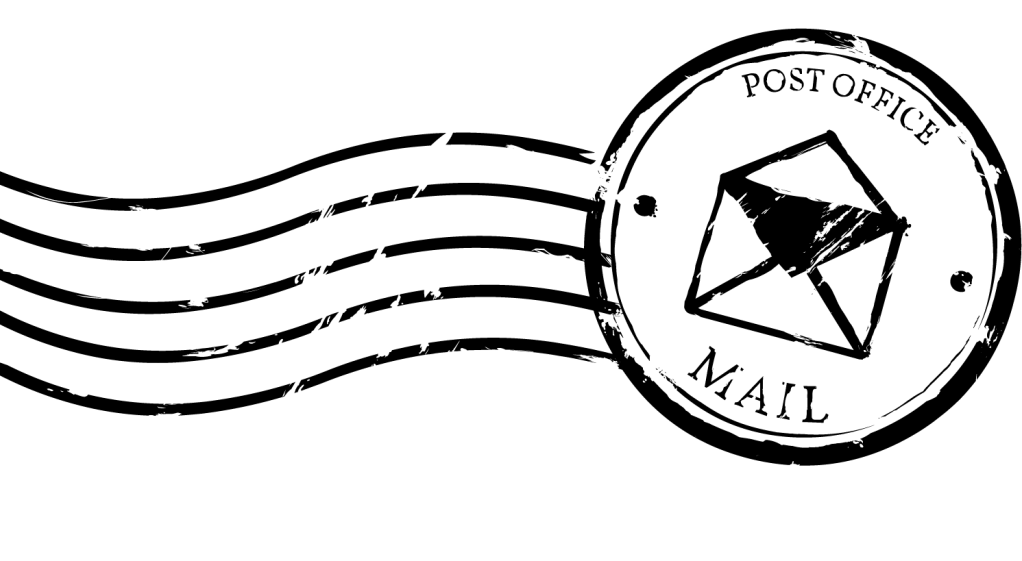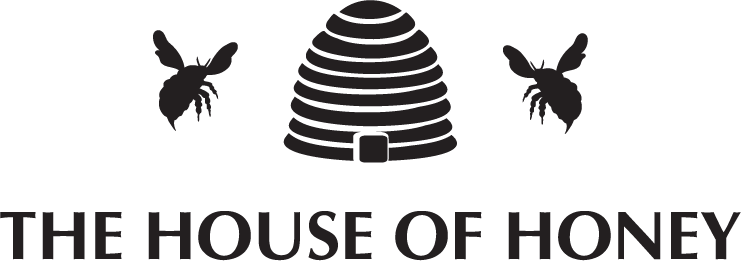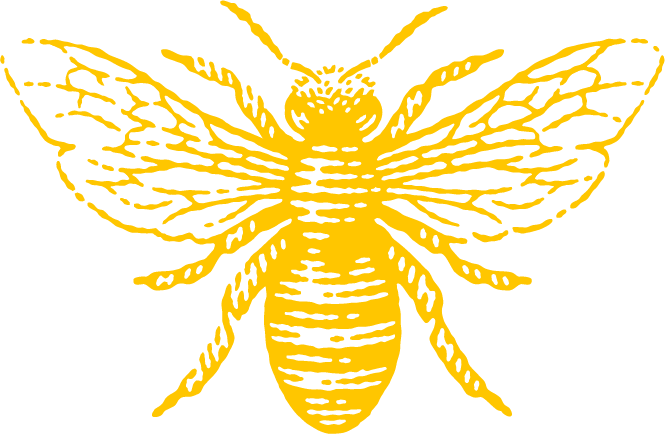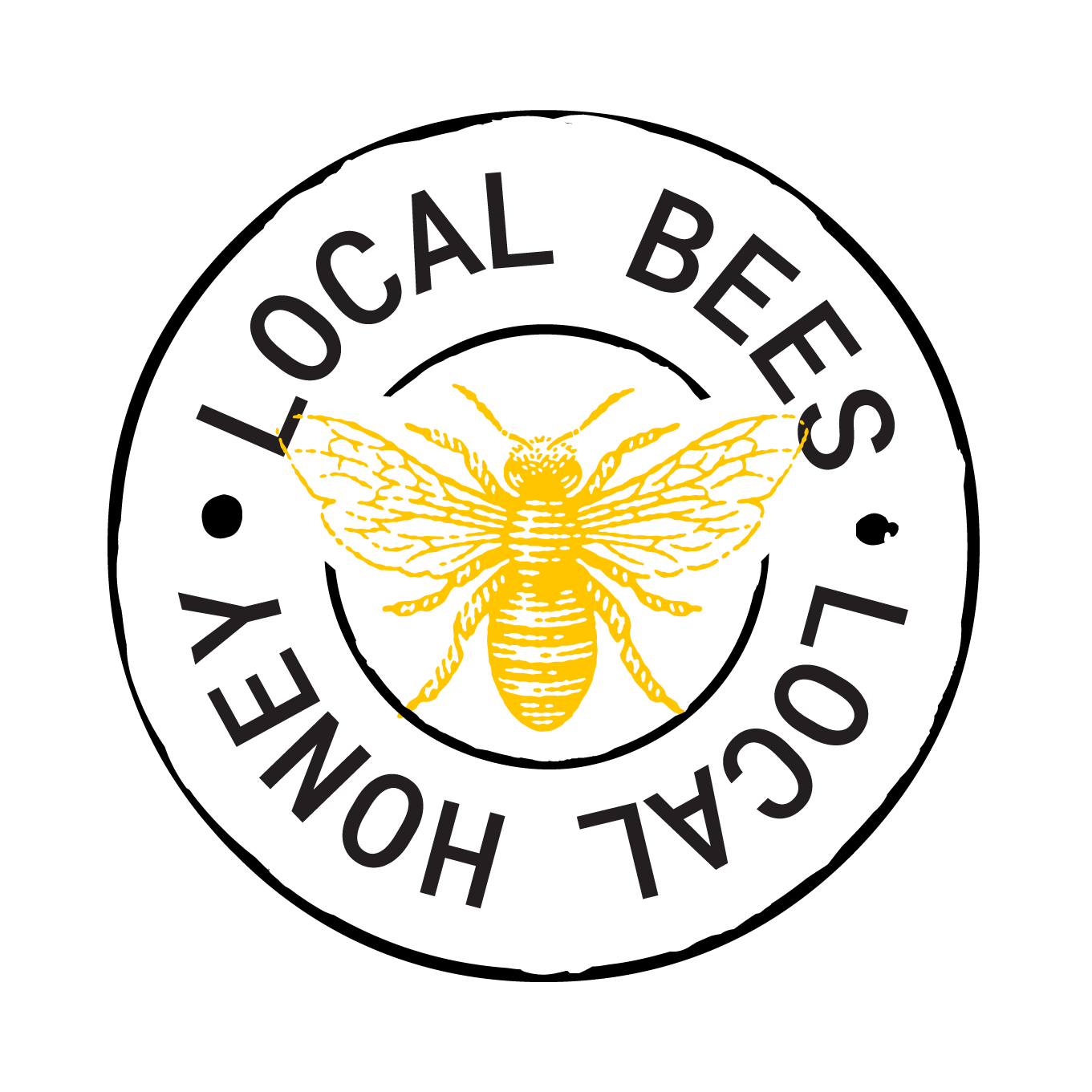Free shipping on orders over $150 in Perth Metro area.

Online click & collect
Our answers are just as satisfying as our honey.
Information and insights on honey, bees, beekeeping, and more.
Bees
- Where are The House of Honey’s bees?
We move our bees all over most of the South West of Western Australia, placing hives in the right climate, with forests that have flowering flora. In Winter, we move our bees North for warmer conditions, and then make our way down South following the flowering seasons of the trees. We avoid areas with GM crops and pesticide sprays that are harmful to our bees.
- Why do bees swarm? And what should I do if I see a swarm?
Honey bees swarm as a part of the reproductive lifecycle of a colony. Essentially, they’re on the lookout for a good place to start a new hive — this usually happens in Spring. The Queen, together with about 60% of the worker bees, leaves the old hive and clusters on a nearby tree or shrub. The swarm will remain for a day or two while scout bees (a type of worker bee) search for a new home, then they move to the scouted location and start building the new hive there.
Containing tens of thousands of bees, a swarm of bees can be frightening. However, they’re just looking for a new home, so they’re not usually aggressive (unless provoked). If you see a swarm, it’s best to stay out of their way while they do their thing. If the swarm stops in an inconvenient location (e.g. attaches to a part of your home), you can call a local beekeeper at the WA Apiarist Society to remove it for you.
- I have a hive near me but I don’t want it there — who can I call?
If you need to have the bees removed, call one of the local beekeepers at the WA Apiarist Society to help you out. Definitely avoid tackling the removal on your own, and never attempt exterminate the colony. Bee numbers are in decline so it’s essential to have it professional relocated rather than exterminated.
- What’s “royal jelly”?
Worker bees make royal jelly from glands found in their heads as a nutritious food supply for larvae and the adult queen bee. It’s also used to create a new queen when the colony is ready. Worker bees feed chosen larvae copious amounts of royal jelly to trigger the development of queen morphology, which includes the ability for the queen to reproduce by laying eggs.
Royal jelly can also be bought as a dietary and beauty supplement. However, it is not produced in abundance like honey making it labour-intensive for beekeepers to collect.
- Why do bees collect honey?
Just like us, they love to eat it. Honey is their food source, and the hive is their pantry of food.
- How do bees communicate?
Bees are very social insects have highly sophisticated communication signals. They performed various “dances” to communicate a range of important matters. These include:
- The Round — signals food within 100m by running in a narrow circle with short steps.
- The Waggle — signals food further than 100m by making a narrow half circle to one side and then a sharp turn to repeat on the other side, resmibeling a wiggling motion.
- Cleaning Dance — A bee rapidly stamps her feet asking others to clean and groom her.
- Joy Dance — when the hive is at an optimum, bees love to celebrate! A bee places her legs on another bee and shakes six times before moving on to another bee.
- Alarm Dance — a zigzag dance alerting other bees of pending danger.
- Scrubbing Dance — Bees move up and down to polish the inside and outside of the hive.
- Is there a decline in the world’s bee population?
Sadly, yes. The decline in world bee numbers is a frightening prospect. The mysterious mass die-off of honey bees is alarming. We don’t know exactly why, but climate change, GM crops and hrash crop chemicals are certainly part of the blame.
- Why are bees so important to our food supply?
Honey bees create a wonderful natural food supply and they are also the predominant reason why the human race has access to other food sources. Bees pollinate at least 80% of the total insect-pollinated plants, which form a third of our diet. Bees need pollen to feed their young and by gathering it, they fertilise (i.e. the act of pollination) each flowering plant. One bee can pollinate around 18,000 flowers per day.
If bees become extinct, the entire food chain would be affected, worldwide. There would be no pollination, meaning no more plants, and no more animals.
- Do bees make good pets?
Bees probably can’t be considered a pet in the traditional sense, but the art of beekeeping is a great way to understand nature and enjoy your own pot of fresh honey. You’d also be doing your part to support your local ecosystem and plant life. Residential beekeeping is a little different to caring for field and forest hives, so you should join a beekeeping society to learn how to support bees in suburbia.
Honey
- Does honey have a use by date?
Amazingly, no! Honey is the only food in the world that does not spoil. Bacteria cannot grow in honey so it lasts forever — literally. Honey has been found in the Egyptian tombs and was still edible thousands of years later.
- Where should I store my honey?
Store honey at room temperature — your kitchen pantry is ideal.
- Why has my honey gone all thick and granulated?
This is a normal crystallisation process that comes with aged, raw honey. It’s completely safe to eat the honey in this state. However, if you’d prefer not to or don’t like the texture, simply place the honey jar in warm water (with the jar’s lid or cap off/open) and stir until the crystals dissolve. Note that storing honey in the refrigerator accelerates the honey’s crystallisation, which is why it’s best stored at room temp.
- Is honey and cinnamon really a natural healing combo?
Absolutely. The combination of honey and cinnamon has been used in oriental and alternative medicine for centuries. Cinnamon, combined with the healing benefits of Jarrah Honey, can assist with many health ailments. Adding lemon and ginger to honey also has great benefits.
- What’s the deal with apple cider vinegar and honey?
Apple cider vinegar and honey has amazing properties that help naturally rid the body harmful toxins and germs. With regular and continued use, this wonderful blend helps restore and balance the body's pH, taking it from acidic to neutral in a short amount of time.
Beekeeping
- Does the Beekeeper get stung often?
Beestings are expected but actually not very common. Our bees are bred to have gentle temperaments so they are not irritable when the hives are handled. Our beekeepers also have a unique relationship with the bees and can read “bee body language”, so we know when we’re welcome and when we should leave the bees be. Even so, we wear protective gear to be safe — but sometimes the bees still sneak a sting in!
- What do I have to do to become a Beekeeper?
You don't need formal qualifications to work as a Beekeeper, but some people like to explore the possibility of a Certificate III in Beekeeping to get the latest information and techniques. You might also like to reach out to an experienced commercial Beekeeper for work experience or informal on-the-job training.
Pollen
- Does pollen help or exacerbate hay fever?
Both. Although it’s an irritant for many people, eating pollen can help you desensitise yourself to pollen in the air. Consider purchasing pollen from your local area as this will help combat the local pollens you may be suffering from.
- Why is West Australian pollen special?
The House of Honey sources its bee pollen from the pristine natural forests and ecosystems across Western Australia, one of the best sources of pollen in Australia. WA beekeepers do not use chemicals or antibiotics on their bees, so our pollen is clean and chemical-free.
Rubee Investments Pty Ltd. Licensee Kim and Rupert Phillips ABN: 46 606 706 196 Producers Licence: 618 0145475
Under the Liquor Control Act 1988, it is an offence to sell or supply liquor to a person under the age of 18 years on a licensed or regulated premises; or for a person under the age of 18 years to purchase, or attempt to purchase, liquor on a licensed or regulated premises.
If purchasing alcohol at our premise, you may be required to show identification.
Visit
867 Great Northern Highway
(Corner of River Road)
Herne Hill, WA 6056
Monday to Sunday 10am-5pm
Join the Honey Club
Subscribe to Get Our Special Offers
Thanks for subscribing. You'll be the first to hear about new items and special offers.
Please try again later.
All Rights Reserved | The House of Honey
Site by Helium Marketing















